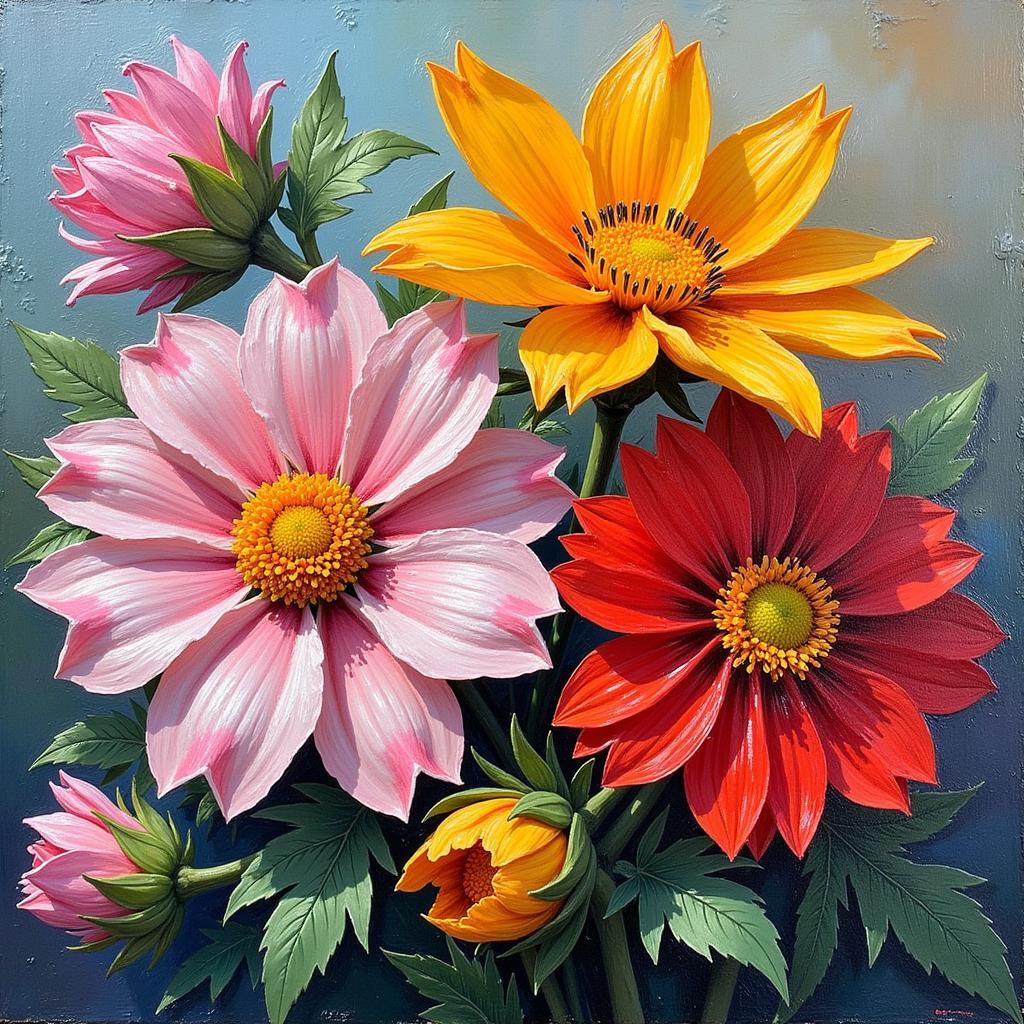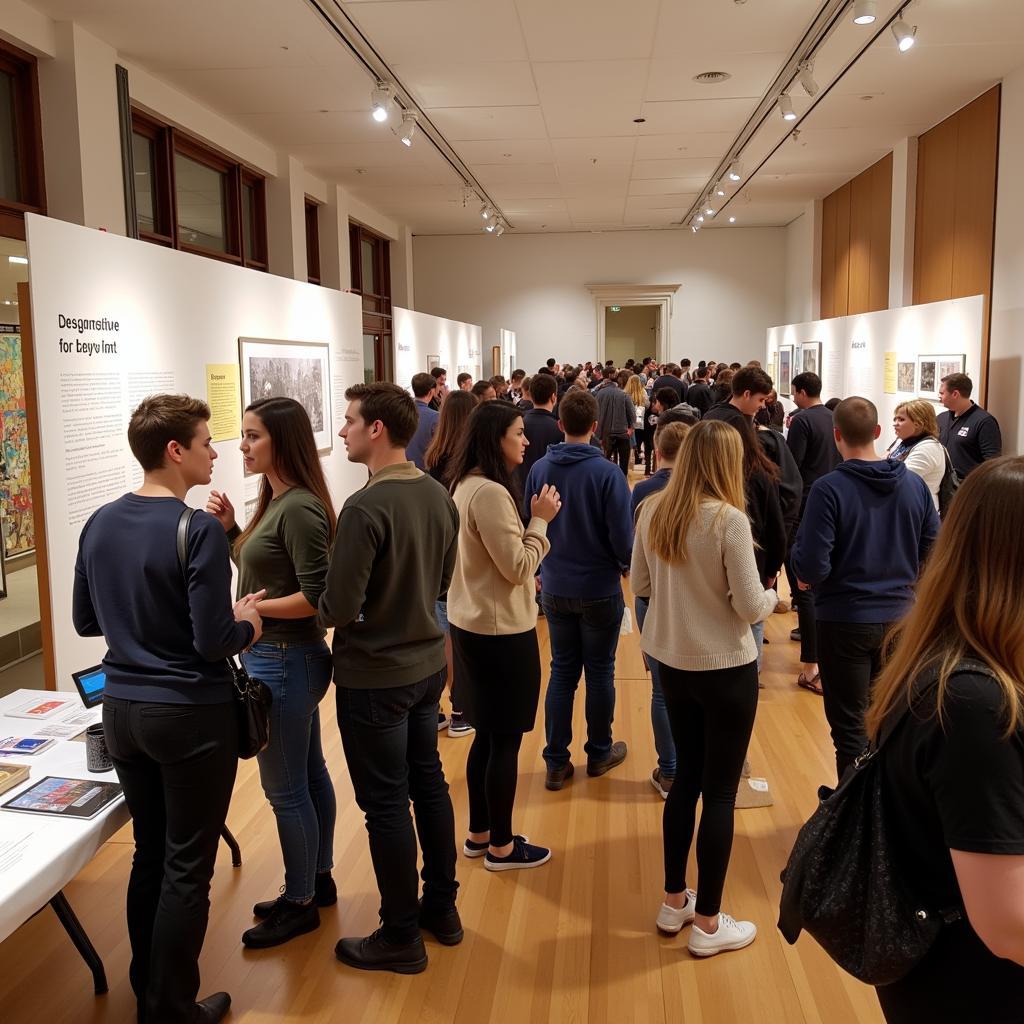Idealism Art Examples: Unveiling the Power of Ideas in Art
From the sweeping landscapes of the Romantic era to the thought-provoking installations of contemporary art, idealism has played a pivotal role in shaping artistic expression. But what exactly is idealism in art, and what are some compelling examples that illustrate its principles?
This article delves into the core of idealism art, exploring its defining characteristics, influential movements, and captivating examples that showcase the power of ideas in visual form.
Understanding Idealism in Art
At its heart, idealism in art emphasizes the power of ideas and concepts over the literal representation of the physical world. Instead of merely replicating what we see, idealism encourages artists to convey their inner vision, beliefs, and interpretations of reality.
Idealism artists strive to create works that transcend the mundane and evoke a deeper understanding, an emotional response, or a philosophical reflection within the viewer.
Key Characteristics of Idealism Art
Idealism art encompasses a wide range of styles and movements, but several core characteristics define its essence:
- Emphasis on Concepts and Ideas: Idealism art prioritizes the expression of ideas, emotions, and beliefs over strict realism. Artists often use symbolism, allegory, and other artistic devices to convey abstract concepts.
- Subjective Interpretation: Idealism recognizes that reality is subjective and encourages artists to present their unique perspectives and interpretations of the world.
- Focus on the Ideal: Idealism often strives to portray the world not as it is, but as it could or should be. This can involve depicting idealized figures, harmonious compositions, and utopian visions.
- Emotional and Spiritual Depth: Idealism art often seeks to evoke profound emotions, spiritual experiences, or intellectual stimulation in the viewer.
Idealism Art Movements Throughout History
Idealism has manifested in various art movements throughout history, each with its unique approach and interpretation of the concept. Here are a few notable examples:
1. Renaissance Humanism
 Renaissance fresco depicting human figures
Renaissance fresco depicting human figures
While grounded in realism, Renaissance Humanism embraced the idealization of human form and intellect, celebrating human potential and striving for perfection in artistic representation.
2. Romanticism
The Romantic movement celebrated the power of imagination, emotion, and individualism. Romantic artists often depicted sublime landscapes, heroic figures, and dramatic scenes that evoked awe and wonder.
3. Symbolism
As its name suggests, Symbolism heavily relied on symbols and metaphors to convey complex ideas and emotions. Symbolist artists often explored themes of spirituality, mysticism, and the subconscious mind.
Modern and Contemporary Idealism Art Examples
Idealism continues to thrive in modern and contemporary art, manifesting in diverse forms and exploring new avenues of expression. Here are a few examples:
-
Installation Art: Installations often create immersive environments that challenge viewers’ perceptions and encourage them to engage with ideas and concepts in a physical and interactive way.
-
Conceptual Art: This movement prioritizes the concept or idea behind the artwork over its physical form. Conceptual art can take various forms, from performances and installations to text-based works and everyday objects.
-
Digital Art: With the rise of digital technologies, artists are exploring new ways to express idealistic concepts through virtual realities, augmented reality experiences, and interactive digital installations.
The Enduring Appeal of Idealism in Art
Idealism in art continues to resonate with both artists and audiences because it speaks to our innate desire to understand ourselves and the world around us on a deeper level. By transcending the limitations of pure realism, idealism offers a powerful means of exploring abstract concepts, sparking meaningful dialogue, and inspiring new ways of seeing.
Whether through the evocative landscapes of Romanticism or the thought-provoking installations of contemporary art, idealism reminds us of the transformative power of ideas and the boundless possibilities of artistic expression.


